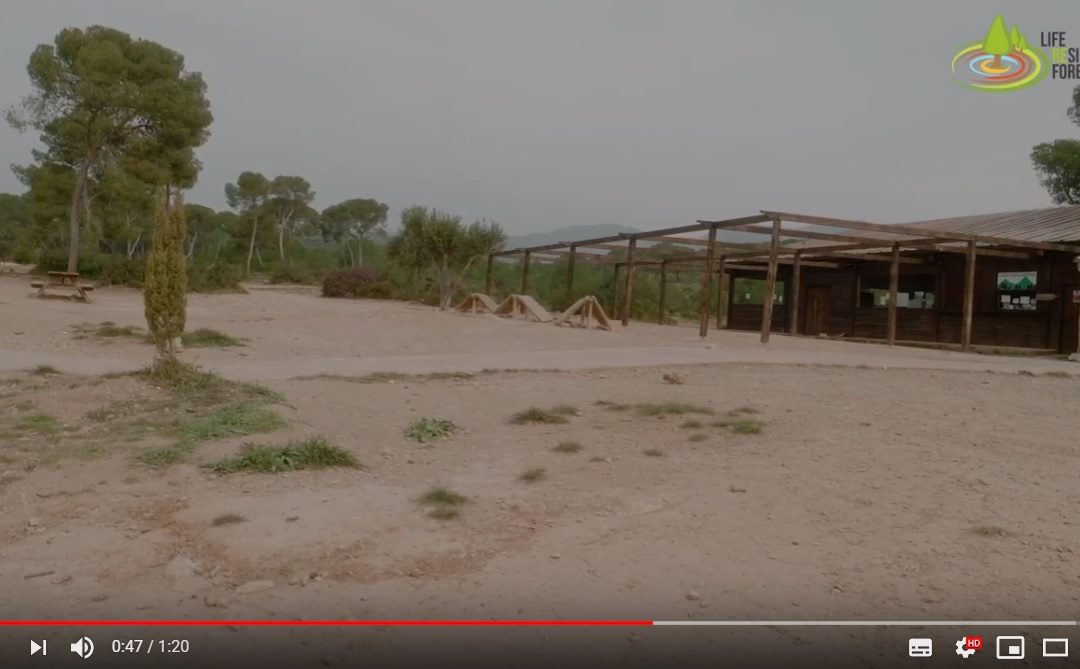This is the second of a series of videos filmed in March 2019, during a trip across the Parque Natural de La Sierra Calderona, in the region of Valencia, In these videos IIAMA Researchers María González Sanchis and Antonio Del Campo guide us across the Parc, showing the effects of recurring droughts and pests occurring to the local forests when they are not managed and how a sustainable management of forest resources can help to increase their resilience.
In this episode – The Solarium
Climate change is here and now, and its effects are already tangible in our daily life. Just after entering the parc, we stopped at a once popular picnic and leisure area for the citizens of Valencia, which has become an arid and dusty land in less than ten years. Due to the combined effect of recurring droughts and subsequent pine beetle attacks, the forest canopy which once ensured shading for all the visitors faded almost completely, and today only small and weak trees can survive in this area. In these conditions, forestry experts agree a sustainable forest management system must be implemented to make forests more resilient to climate change before its too late.
Forests and Climate Change
The effects of climate change on forest ecosystems are becoming more and more evident around the world. Climate change is increasing droughts in many parts of Europe and is making forests ecosystems less resilient to disturbances. This severely affects the availability of water resources for both urban populations and for agriculture. During the last 30 years, the total area affected by water scarcity and droughts doubled in the EU, causing economic losses for 100 billion Euro. Coordinated by Universitat Politecnica de Valencia, the LIFE RESILIENT FORESTS project promotes a forest management approach at the watershed scale to improve forests resilience to wildfires, water scarcity, and other effects induced by climate change.

